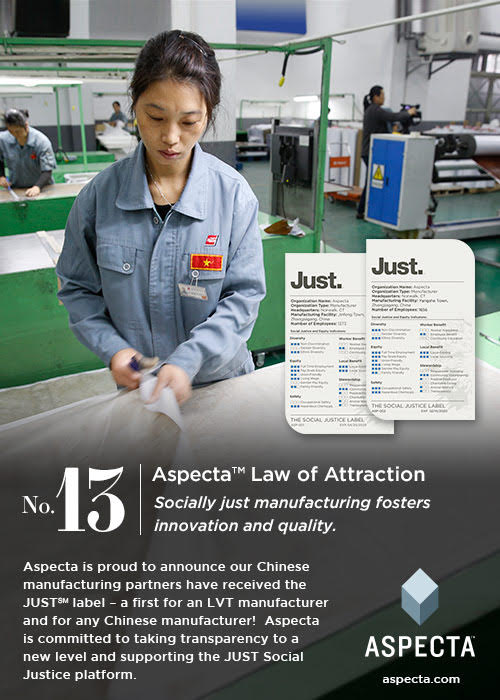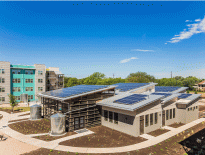An Uncompromising Approach to Construction and Sustainability
Every project brings a complex series of interests: the desire to attract the best talent, whether it’s doctors, professors or students; the opportunity to advance business interests through facilities that enable faster speed-to-market; a workplace that sets employees up to be their most productive while reinforcing a winning corporate culture. Millions of dollars are put in place by our customers to make those visions reality. Along the way, apparently for millennia, those interests have come into conflict with factors like design constructibility, budget, schedule and more.
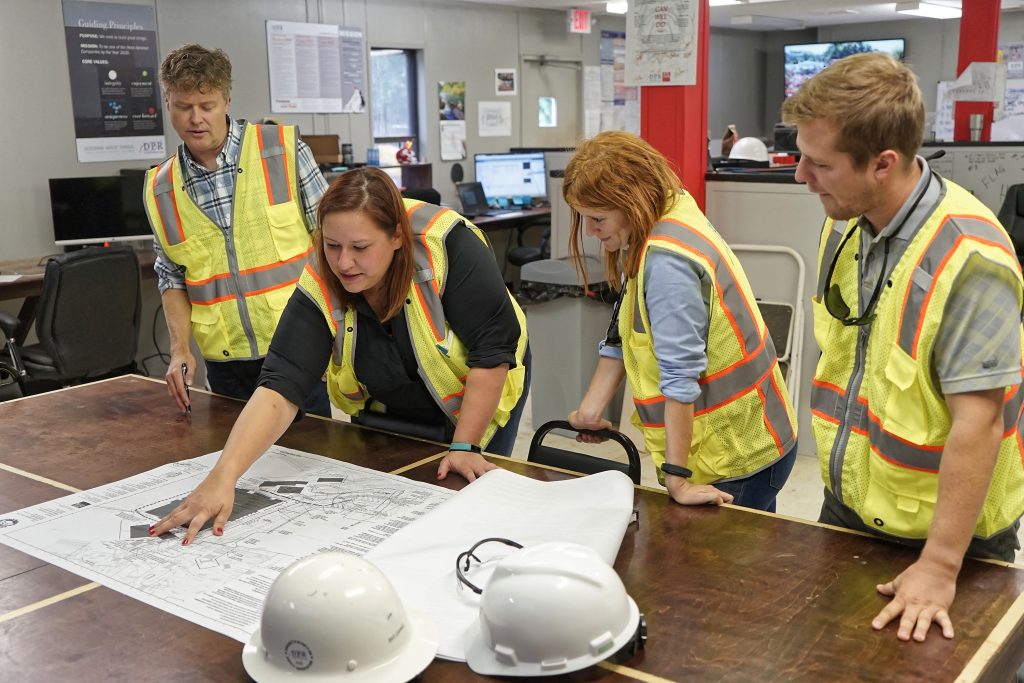
Generally speaking, this process has changed little in the last 2,000 years; from the days of the Pantheon in Rome to today, these factors still drive decision-making for most, regardless of public, private, commercial, residential, or across-industry sectors.
A modern version of that tension has involved the ability of customers to maintain budget and schedule while keeping bigger-picture sustainability goals in mind. As a champion for green building, I’ve had my fair share of conversations where I’ve seen energy- or water-saving features dialed back in the name of time or budget. In those instances, it’s often hard to argue too much; other important customer goals are in the balance.
I’m hopeful, however, that those conversations may get easier. Recent work and emerging trends make me believe we are at a point where the thing things we build—and the ways that we build them—can be in harmony in such a way that the business objectives of a customer’s project can be achieved while also achieving things like net-zero energy and WELL certifications. Our industry is just starting to understand that the most important aspect of what we build is not what, but who is inside. After all, people will occupy a space for the next five to 10 to 50 years; it is those people who, by a dramatic margin, comprise the highest cost for the employer. The health and productivity of those occupants are paramount to companies’ value and financial success.
That’s what we build. We build a space that humans (and sometimes animals) occupy. That is the space we, as an industry, need to be aware of. How does the building support the health and productivity needs of the employees five years from now? We’re beginning to understand that, and, as we do, it moves the sustainability discussion much further down the path to true bottom line ROI calculations. We can move past energy, water, and waste and put an equal focus on human capital. We need to move past the small stuff and engage in much broader conversations to truly change the world.
Moreover, I think projects can contribute to social equity in the process. Properly approached and executed, projects can deliver the intended value to a customer’s bottom line and sustainability targets while helping support communities that can thrive. As a contractor that believes we’re an integral part of the communities we serve, it’s a tremendous opportunity for our industry to play a leading role.
Convergence of systems… and costs that pencil out
While construction has been going on since humans had a need for shelter, and even advanced structures going back millennia, formal green building techniques are still reasonably new. LEED® and the Living Building Challenge™ didn’t launch until 1998 and 2006, respectively. It’s amazing how far each has come. The Living Building Challenge, especially, moved quickly from industry cocktail party talk to pilot projects to building a base of knowledge that makes Zero Energy certification increasingly common. The original elements of LEED are, for all intents and purposes, baked into nearly every project.
That knowledge base has affected the market. When we used to talk about the cost premium that went along with green methods, it often stemmed from adding green elements late in the design stage and, more than anything, simple economics on the materials side. In the early years of LEED, fewer green materials were available. Today, manufacturers have answered the call to meet demand for green products, lowering costs. With more options to choose from, estimators have more choices than ever when sourcing many materials that go into a building.
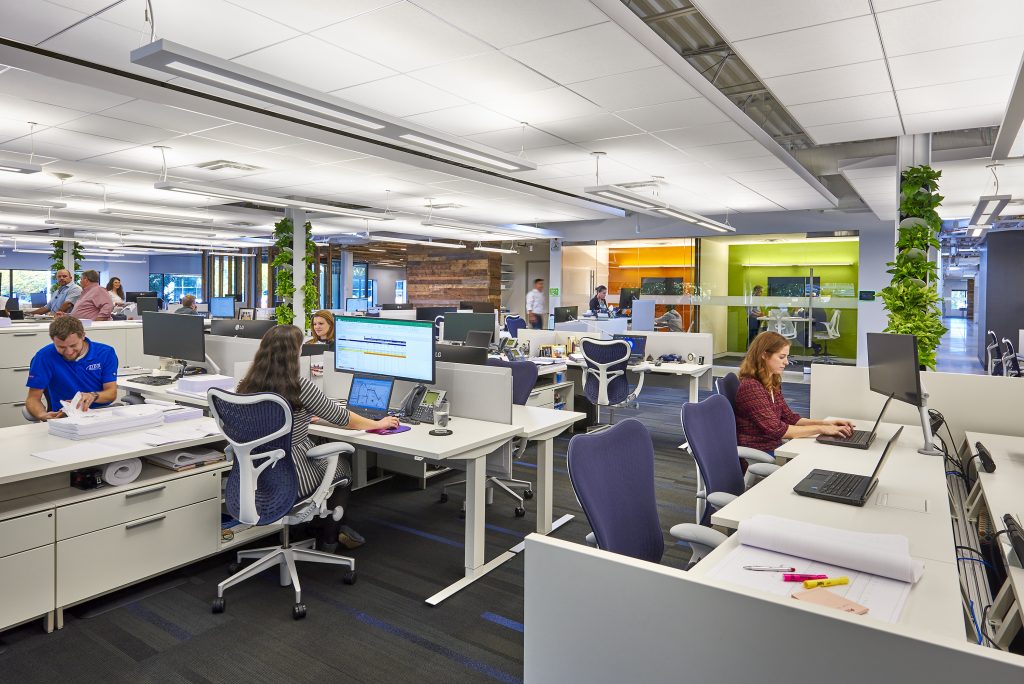
Technology has helped bring costs down as well. Photovoltaic panels deliver a better return than ever, so much so that, on many projects, the math pencils out in the short term. What’s tantalizing is that even more efficient systems will come, truly bringing us to a PV tipping point.
Add in how existing rating systems, including the emerging WELL Building Standard®, have started to work hand-in-hand with one another and things pencil out for green like never before.
I need look no further than how DPR Construction has turned many of its offices into Living Laboratories to demonstrate this. Offices in San Francisco, San Diego and Phoenix already have shown how to affordably integrate Net-Zero Energy into design and construction. DPR’s Washington, DC-area office, which is my home base, is one of the latest examples. A green retrofit of the kind of suburban office park space common throughout America, the office achieved LEED Platinum, WELL Gold and is tracking for ILFI’s Zero Energy certification.
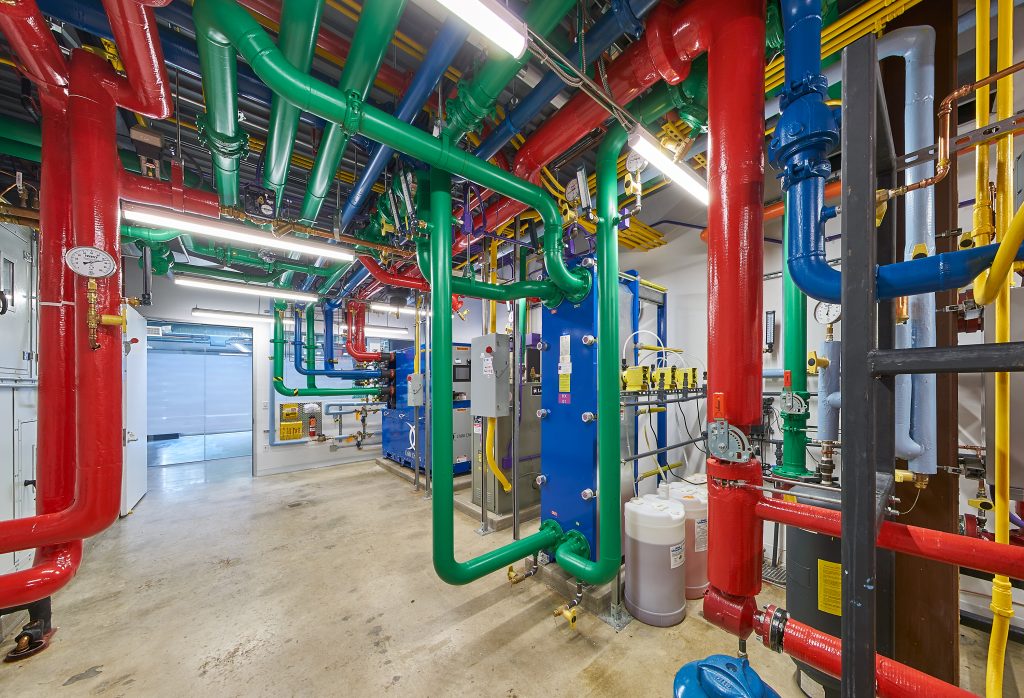
We accomplished this through careful and deliberate planning with our project partners and challenged traditional thinking, using years of knowledge and technological advances to deliver a space that pays for itself inside 10 years. We modeled a variety of MEP and HVAC systems, finding the option that combined efficiency with employee comfort. We took a hard look at the costs to install rooftop PV, found a better solution and saved hundreds of thousands of dollars while still getting the PV array we wanted. It was a testament to the power of “and” instead of “or.”
Let’s be honest: DPR is a contractor. We’re not in an industry that loves overhead spending. If we can focus on solutions that eschew compromise, any company can. Further, how can we truly advocate for these solutions in customer conversations if we’re not willing to take the steps ourselves? Instead, we view our offices as living laboratories, where we can try these advanced methods, not just for the holistic reasons, but also for business reasons. We can share those results with customers. We can host a charrette in the office with our partners and get our hands on the systems under discussion. I’m proud that we have several offices already online that do this and I’m excited that more are coming for us in 2019.
What this all means is that we need to change how we approach projects. Achieving these results takes a collaborative team on projects with big sustainability goals. Those of us who are passionate about delivering these results have to focus on the customer and the unique situations every project brings. That said, we need to evangelize the potential positive outcomes of more collaborative delivery methods to deliver the most sustainable solutions. Working together, we can not only deliver greener, healthier buildings, but also support customer business goals in the process.
No, this isn’t easy. Like many projects, our office project reached several critical junctures where the full intended vision could have come crashing down. It takes perseverance, and leadership to overcome these challenges. Our Zero Energy certification goal was almost set aside before design was finalized. It’s the collaboration and teamwork that can overcome these challenges that have allowed us to push the market forward.
Addressing equity. Finally.
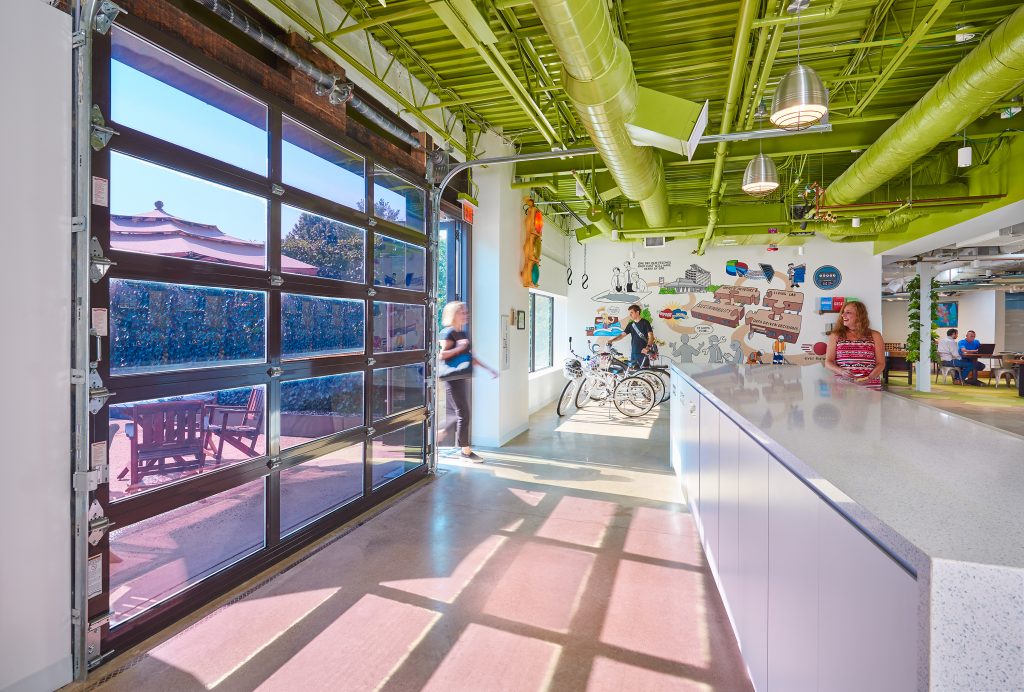
What we build is one thing. How we build it is equally important. Certainly, working conditions in the United States continue to improve and, by and large, we still set a high standard for ethics, worker safety and more. Sadly, we can see instances of construction in other places of the world where working conditions have not evolved much from what Hadrian probably saw when he did a site tour of the Roman Pantheon.
We also don’t have to look very far to see how American society still has plenty of steps to take to achieve true social equity. For as much as we talk about the triple bottom line, our industry has focused on the environmental and economic areas to a greater degree than social. We can no longer play a passive role. It’s time to up our game.
Contractors find themselves in a unique position when it comes to making a tangible difference on this front. Encouraged by green rating systems that emphasize regional materials, we already have incentive to support local businesses, especially ones owned by traditionally underrepresented people, when we purchase construction materials and services through them.
More than that, we have an outsized ability to provide well-paying
I was happy to see the USGBC initiate a panel discussion with a wide variety of students at Greenbuild this year, with students’ interests ranging from architecture to welding. If we can attract more young people to our industry, especially in the trades, we will not only ensure our future success as builders, but also provide career and lifestyle opportunities for high school graduates that have waned as our economy has shifted to a service-based system.
Additionally, construction has the ability to give back to communities with a different skill set than other companies and philanthropists. Together with our suppliers, we can make great things happen over a weekend of volunteer work and construction with materials and labor donated or at cost. As public funding for things like parks and schools continues to be strained, this is an area we can step up to create new possibilities.
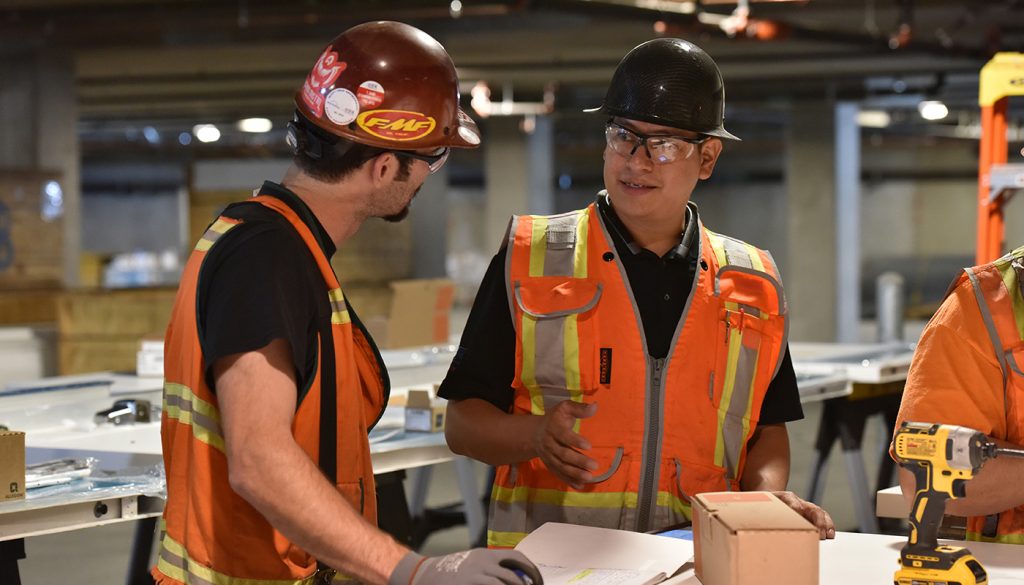
It’s encouraging that sustainability get-togethers are starting to include social issues. The annual Living Future unConference has put them front-and-center, events like Bloomberg’s Sustainable Business Summits have driven home the business benefits of addressing these issues, and Greenbuild putting more focus there, with its huge audience, helps all the more.
I believe that we need to make sure we do this, or else we won’t fulfill the economic goals we set in our sustainability agendas—the environmental side alone won’t carry us to a prosperous future. Too often in our industry, we bundle some of these things up with “compliance.” Frequently, we align community involvement efforts too closely with business development. It’s like we don’t see the power we have to think bigger. By compromising our social support efforts only with business needs, we lose an opportunity to fully engage with our communities.
Don’t compromise, collaborate
When I think about projects that have opted to not push for the hoped-for energy footprint or decided a certain HVAC system was just too costly, I think about where the disconnect originated. Clear customer goals at the start that were then shared with and instilled all project partners could have changed that trajectory. With the resources and knowledge available to us today, we should free ourselves of the traditional delivery and push one another to new heights. Why do we utilize cost-per-sq.-ft. as the metric for project success? Why aren’t we using cost-per-person metrics? What is the investment we are making in people… a return on humans? It’s that investment that has true, sustainable bottom line returns.
Similarly, when we limit our service to things that only align with our bottom line, are we serving communities or ourselves? DPR believes it can be an indispensable member of each community it serves and that aspiration forces us to consider new ways of thinking about who we are, what we do and the role we can play in the places we operate.
Let’s not build like it’s 2,000 years ago.

